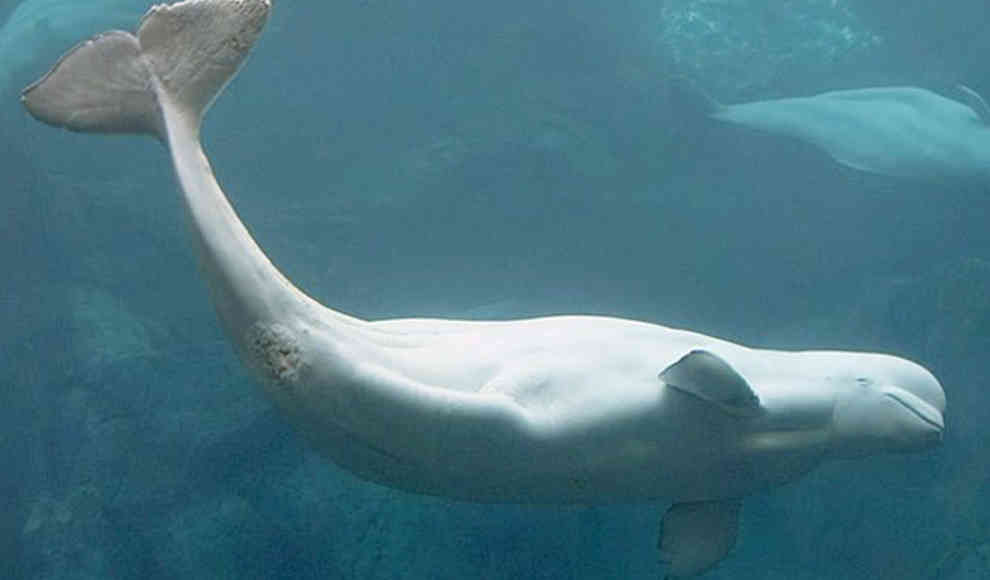In a fascinating discovery, scientists from the National Marine Mammal Foundation in San Diego have reported that a captive beluga whale was able to imitate human speech. The beluga whale, named “NOC,” developed this unique form of communication in his younger years, according to Sam Ridgway of the NMM Foundation. Researchers first became aware of NOC’s talent in 1984 when a diver returned to the surface, confused about who had given the command to “Up.” It turned out that it was NOC who had given the command.
NOC’s ability to imitate human speech was not limited to individual words but also included the sound of distant conversations, although individual words were not discernible. An analysis by Ridgway and his colleagues revealed that NOC was able to produce deep, human-like tones through a combination of his vocal cords and the unusually strong inflation of his air sacs. The results of their analysis showed measurable similarities to human speech, although the imitation was far below the level of parrots and other birds.
It is worth noting that NOC only communicated in this extraordinary way when in close proximity to humans and on his own initiative. Later, trainers taught him to speak on command using rewards. However, as NOC grew older, he lost interest in imitating human speech and preferred to communicate with other beluga whales in a more natural way. While there are other, less well-documented cases of male marine animals imitating human speech, these animals also lost interest in communicating with humans as they matured.
This discovery sheds new light on the communication abilities of beluga whales and raises questions about the extent to which other marine animals may be able to imitate human speech. It also highlights the importance of studying and understanding the communication methods of marine animals, which could have implications for conservation efforts and our understanding of the natural world.










